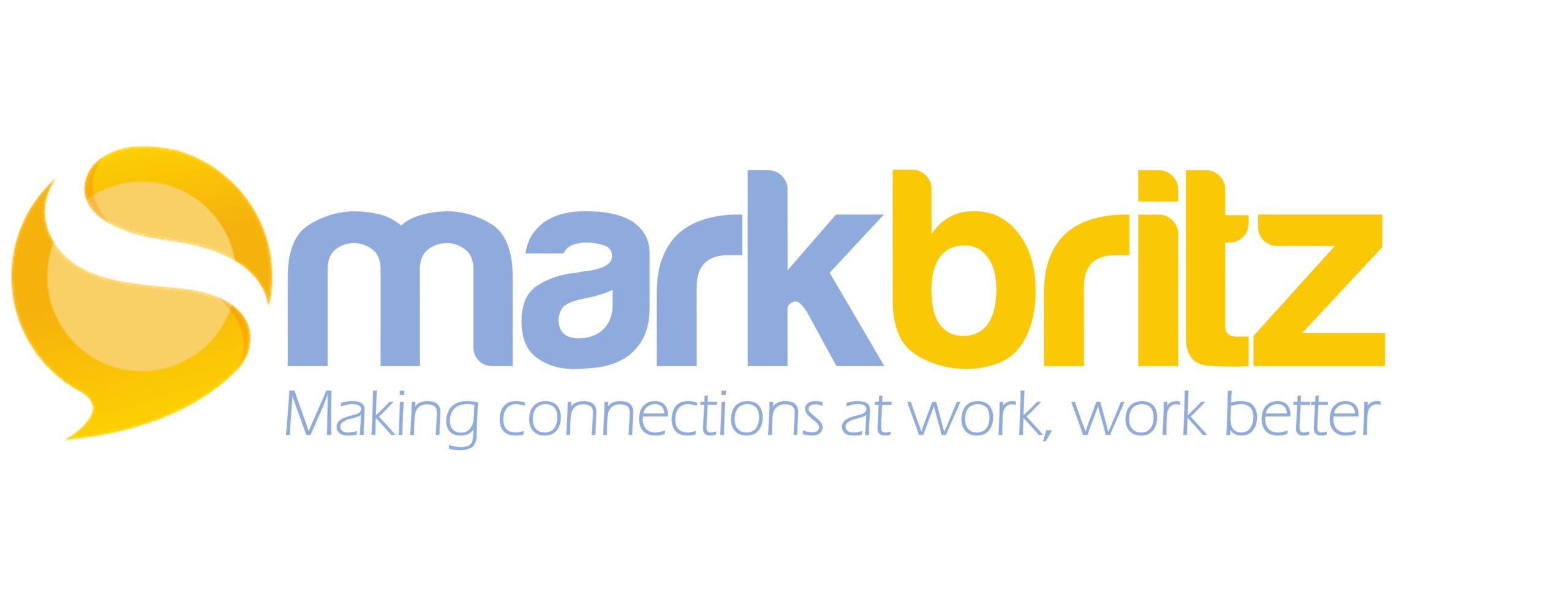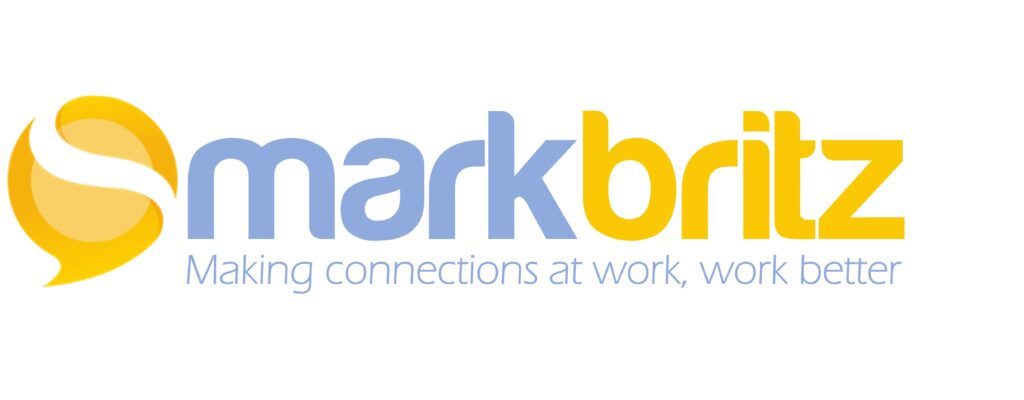Many tout the need to change mindsets around how our organizations are run. The argument is that leaders and managers need to think differently about people, work and power. For at least 10 years now I’ve been seeing, reading and listening (and honestly contributing some myself) to all the hyperbole and yet so little has changed – especially in large organizations. Here’s the real problem and it’s not just certain people, it’s that our organizational systems and structures continue to pull people back to status quo. We think in the 21st century but work in the 20th and well, we are what we do.
The fact is that the primary goal of any company is to make a profit, that won’t ever change of course but blindly chasing that goal can lead to a reduction in attention to what actually matters more in the modern economy; people. There’s probably no better example of this than from a recent article on How the Architecture of Hospitals Affects Health Outcomes. Among many examples of structural impact on people was the perfect example of how systems drive behaviors and behaviors form beliefs… with some of the behaviors making modifications to the structure itself! Here’s the gist of it:
We like to think the goal of a hospital is to cure people and that’s true for some who operate in a hospital but not all. For doctors it’s to make patient’s healthy but for administrators it’s more financial. The article uses the example of how often in hospitals patients’ beds face the door of the room and not the window, even though seeing nature and the outdoors can elevate moods, inspire, and increase motivation and hope in patients – with each leading to greater health. By facing the door however, the medical staff can more quickly gauge the status of the patient. Although a doctor desires healthy patients, the demands of the business side may call for he or she to see more patient’s more quickly; having everything front and center as they enter the room helps them to do just that. One could see here that the system of efficiency is driving the behaviors to alter the structure and therefore creating a belief around how a hospital should be run.
How similar is your workplace? Are the hearts and minds reaching for something new but the structure, supported by the systems, (organizational design) pulling people back to center? Don’t kid yourself, the 20th century desire for efficiency still defines the structure of the organization around how we manage people, reward behaviors, hire, learn, and make decisions and all are the way they are for ease of measurement. We manage performance annually, we reward only outputs, we hire for roles, we focus on attendance and completions, and power is held by a few. But what if innovation and not efficiency was truly most desirable? We would need to:
- measure performance more frequently,
- reward inputs and outcomes,
- hire for fit not only function,
- focus on sharing and collaboration, and
- create more openness and transparency.

